Underwater photos: Elusive octopus squid 'smiles' for the camera
In September, a remotely operated vehicle on a dive off Hawaii had a run-in of sorts with a curious and shiny octopus squid. Though scientists first thought the graceful swimmer was a whiplash squid, they later accurately identified it as the Dana octopus squid. Here's a look at what the ROV's cameras picked up while face-to-face with the arm-y animal.
Lights, action!
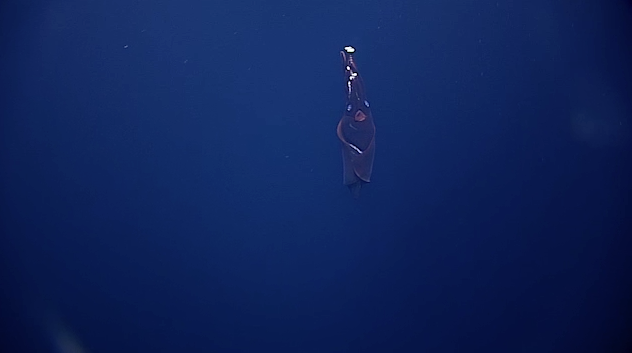
The Dana octopus squid, Taningia danae is 3 to 7 feet (1 to 2 meters) in length and was flashing the lights that tip two of its arms, when the ROV called Deep Discoverer caught the animal on video. (Photo Credit: NOAA Office of Ocean Exploration and Research, 2015 Hohonu Moana)
Hello, squid
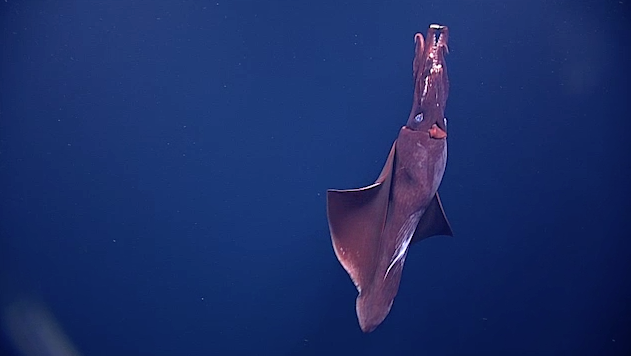
The ROV was diving to investigate two cone features along an extension of an underwater mountain chain called the Hutchinson Seamount when the big squid " attached itself to the back of ROV Deep Discoverer (D2) and hung out there for several minutes before coming around to the front of the vehicle," according to a log by scientists aboard the Okeanos Explorer vessel (which operated the vehicle). (Photo Credit: NOAA Office of Ocean Exploration and Research, 2015 Hohonu Moana)
Flexible fins
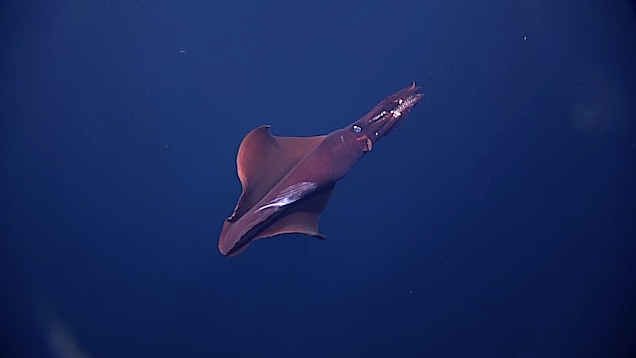
To steer itself through the water, the octopus squid furls and flaps the flexible fins that extend from its mantle. (Photo Credit: NOAA Office of Ocean Exploration and Research, 2015 Hohonu Moana)
Sign up for the Live Science daily newsletter now
Get the world’s most fascinating discoveries delivered straight to your inbox.
Nice lips
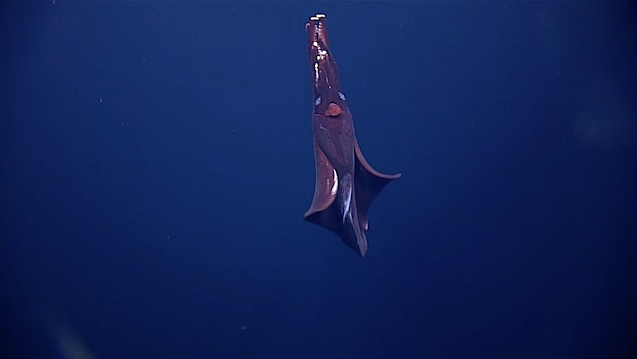
The feature on its face (the underside of its mantle) that appears to be a red mouth is actually a siphon. The squid expels water from through this siphon from a mantle cavity behind the eyes. The squirting water propels the squid backward. (Photo Credit: NOAA Office of Ocean Exploration and Research, 2015 Hohonu Moana)
Naming a squid
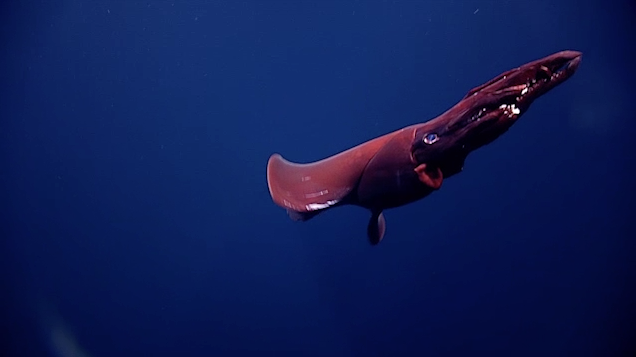
The Dana octopus squid, shown here off Hawaii, got its name in 1932 after a specimen of the squid was caught off the Cape Verde Islands by individuals aboard the Danish research vessel Dana, according to The Cephalopod Page, run by the University of Hawaii. The genus name, Taningia, honors Danish fisheries biologist AageVedel Tåning (1890-1958). (Photo Credit: NOAA Office of Ocean Exploration and Research, 2015 Hohonu Moana)
Gotcha
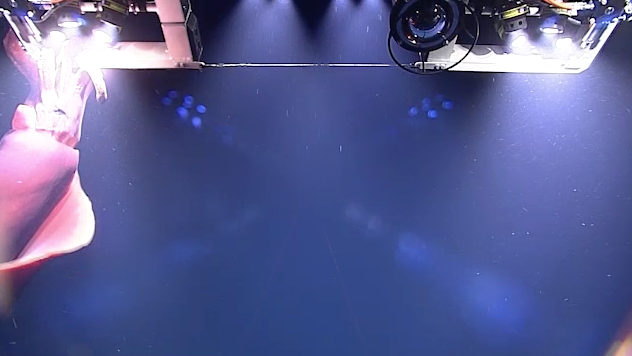
Here, the Dana octopus squid attaches itself to the ROV Deep Discoverer. (Photo Credit: NOAA Office of Ocean Exploration and Research, 2015 Hohonu Moana)
8 arms
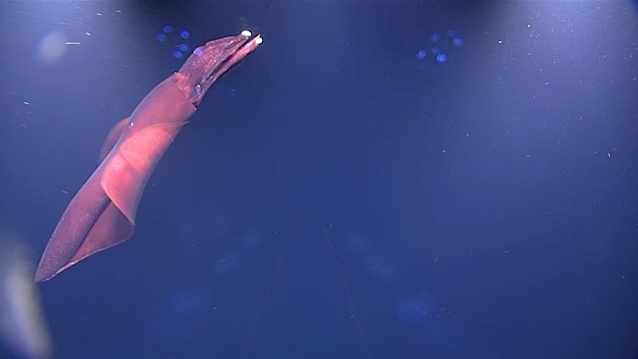
T. danae is part of the Octopoteuthidae family of eight-armed squid. Though the juveniles sport two tentacles in addition to their eight arms, by the time they grow up those tentacles are either greatly reduced or completely gone, according to The Cephalopod Page. (Photo Credit: NOAA Office of Ocean Exploration and Research, 2015 Hohonu Moana)
Flashing spotlights
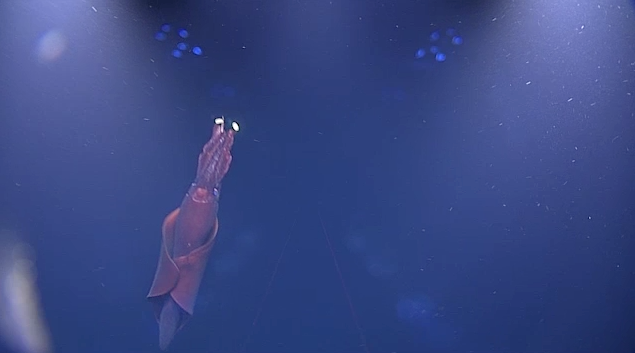
The squid's lemon-size photophores (seen tipping two of its arms) are considered the largest known light-producing organs of any animal, said Mike Vecchione, director of the NOAA National Systematics Laboratory at the Smithsonian and a curator of cephalopods at the National Museum of Natural History in Washington, D.C. The organs are covered with "lids" that can be opened to show off the bioluminescent glow. (Photo Credit: NOAA Office of Ocean Exploration and Research, 2015 Hohonu Moana)
Follow Live Science @livescience, Facebook & Google+.
Jeanna Bryner is managing editor of Scientific American. Previously she was editor in chief of Live Science and, prior to that, an editor at Scholastic's Science World magazine. Bryner has an English degree from Salisbury University, a master's degree in biogeochemistry and environmental sciences from the University of Maryland and a graduate science journalism degree from New York University. She has worked as a biologist in Florida, where she monitored wetlands and did field surveys for endangered species, including the gorgeous Florida Scrub Jay. She also received an ocean sciences journalism fellowship from the Woods Hole Oceanographic Institution. She is a firm believer that science is for everyone and that just about everything can be viewed through the lens of science.










